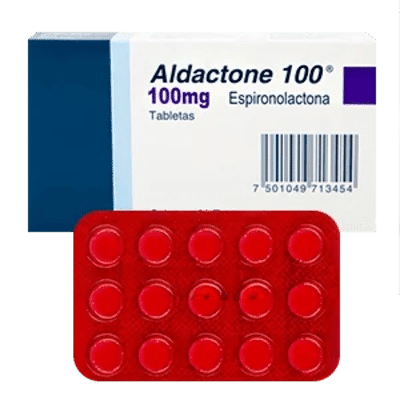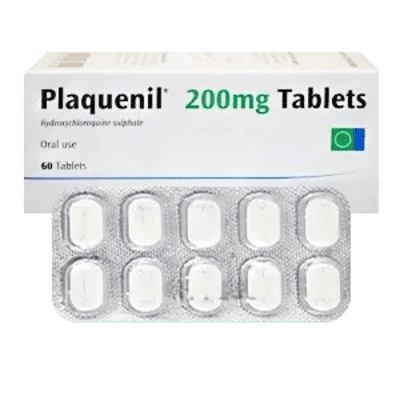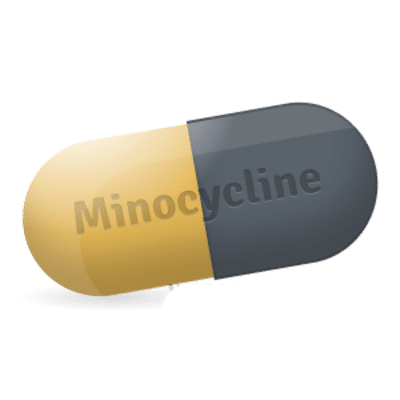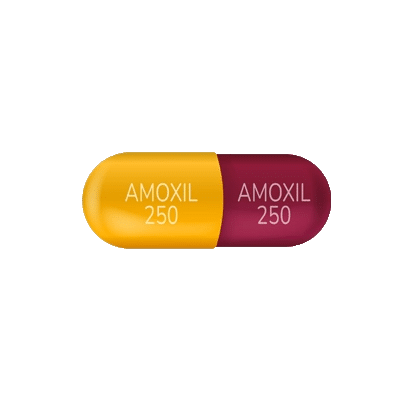I have been using Aldactone for a few months now to help with swelling due to heart problems. It has really helped reduce fluid retention and improve my overall well-being. I did notice some mild headaches when I first started taking it, but they quickly went away.

Aldactone
- Quality products
- Support 24/7
- Fast delivery
What is it?
Aldactone is a diuretic that is distinguished by its ability to conserve potassium in the body. It acts as an aldosterone antagonist, binding to its receptors in the distal nephron. This allows Aldactone to effectively remove sodium ions, while reducing the excretion of potassium and magnesium, thereby maintaining the balance of electrolytes. The effect of the drug usually manifests itself within 2-5 days after the start of therapy and persists even after the end of treatment for 2-3 days. A weak hypotensive effect usually becomes noticeable after 2-3 weeks from the beginning of treatment. Aldactone is used in combination with other drugs for the treatment of hypertension and facilitates the removal of excess fluid from the body in congestive heart failure, cirrhosis of the liver and kidney disease.
Composition
The composition of Aldactone includes active components that make it unique in its category. The main active ingredient is spironolactone. It is known for its properties as an aldosterone antagonist and a diuretic, which helps to retain potassium in the body. In addition to spironolactone, the composition includes a number of excipients that maintain the stability and effectiveness of the drug.
- Spironolactone is a key component that blocks the effects of aldosterone.
- Lactose is used as a filler, which ensures ease of pressure and the shape of the tablet.
- Corn starch is used as a binder in the process of making tablets.
- Magnesium stearate is an anti-fastener, helps prevent ingredients from sticking to equipment.
How to use?
The method of using Aldactone has its own characteristics that must be observed to achieve the maximum therapeutic effect with minimal side effects. The exact dosage is selected by the doctor, based on the specific condition of the patient. However, the general principles remain the same: the medication is usually taken once a day after meals, preferably before bedtime.
- For the treatment of arterial hypertension and edema syndrome, the standard starting dose for adults is 50-100 mg per day.
- If necessary, the dose can be increased to 200 mg per day, but this should be done under the supervision of a doctor.
- The duration of treatment should not be less than two weeks, while the regularity of administration is very important to achieve the desired effect.
- When treating other conditions, such as chronic heart failure or cirrhosis, a different dosage is required, which should be determined by a professional.
How does it work?
Aldactone works due to its main component, spironolactone, which competes with aldosterone by binding to its receptors in the distal parts of the nephrons. This leads to a decrease in the excretion of potassium from the body and an increase in the excretion of sodium and water. As a result, the effect helps to correct the electrolyte balance and reduce the volume of circulating blood, which leads to a decrease in blood pressure. It is also important to understand that the therapeutic effect achieved after a couple of weeks continues even after stopping the drug.
The effect of using Aldactone is manifested as a moderate decrease in urine acidity, which also contributes to an overall improvement in cardiovascular diseases. The drug helps reduce edema, which is especially important in the treatment of heart failure, cirrhosis or kidney disease, when the body retains excess fluid and this worsens the patients condition.
Indications
Due to its properties, Aldactone is used in the treatment of a number of diseases and conditions. These indications serve as the basis for prescribing the drug to patients by a doctor.
- Arterial hypertension - increased pressure that requires regular drug correction.
- Edema syndrome associated with heart failure or liver and kidney disease.
- Congestive heart failure, where excess fluid needs to be removed to relieve symptoms.
- Liver cirrhosis, in which excess fluid accumulates in the body, causing edema and other complications.
- Kidney diseases, such as nephrotic syndrome, requiring stabilization of electrolyte levels.
Contraindications
Like any medicine, Aldactone has contraindications that should be carefully considered before starting treatment. This prevents possible serious adverse effects and avoids complications.
- Hypersensitivity to the components of the drug, which can lead to allergic reactions.
- Diseases such as Addisons disease, when the body does not produce enough hormones.
- Hyperkalemia - an increased level of potassium in the blood, which can be dangerous for the cardiovascular system.
- Chronic renal failure or anuria, when the kidneys cannot function properly.
- Concomitant use of drugs containing potassium or other potassium-sparing diuretics.
Side effects
Side effects of Aldactone may occur in some patients, and it is worth knowing about them so that you can seek medical help promptly if they occur. The drug can cause a number of reactions in the body that can affect its general condition.
- Headaches and dizziness, which can affect daily activities.
- Digestive problems, such as nausea, vomiting or diarrhea.
- Dermatological reactions, including rash, which may indicate an allergy.
- Electrolyte imbalances that require monitoring.
- Breast enlargement in men, known as gynecomastia, usually reversible after discontinuation of treatment.
Frequently asked questions
Aldactone Reviews and Experiences
I was diagnosed with hypertension and the doctor switched me to Aldactone. It was a good choice: my blood pressure has stabilized and I feel more confident. The downside is that I get tired at times, but this is a relatively minor downside.
I took Aldactone as prescribed by my doctor for kidney problems and I am happy with the results. I noticed that the swelling started to go down quickly and my general condition improved. I would like to point out that attention to hydration and diet became an important part of the treatment.









